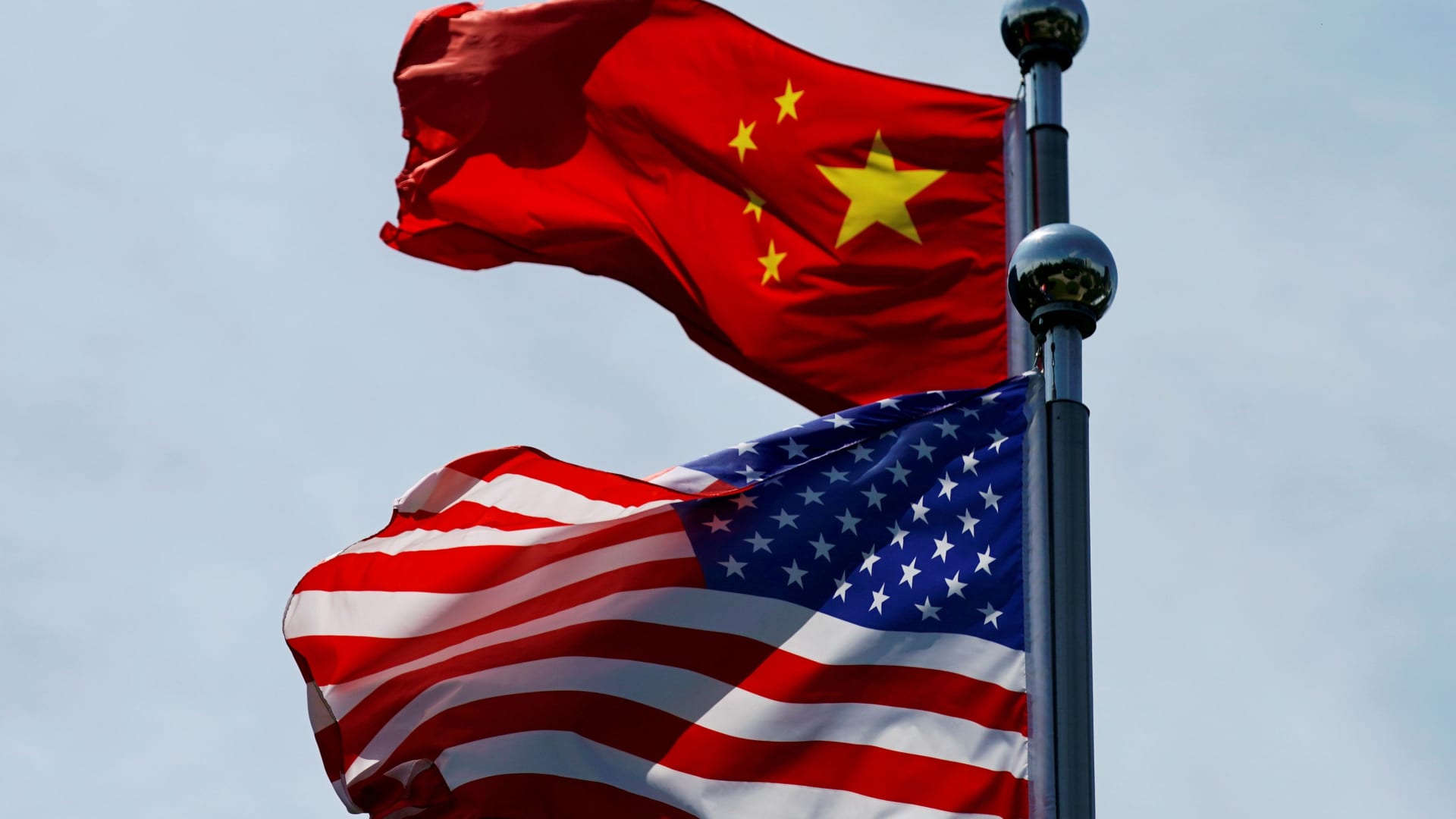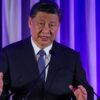Chinese language and U.S. flags flutter related The Bund, earlier than U.S. industry delegation meet their Chinese language opposite numbers for talks in Shanghai, China July 30, 2019.
Aly Tune | Reuters
BEIJING — A file percentage of U.S. firms in China are accelerating their plans to relocate production or sourcing, in step with a industry survey exempted Thursday.
About 30% of the respondents thought to be or began such diversification in 2024, surpassing the prior grand of 24% in 2022, in step with annual surveys from the American Chamber of Trade in China.
That still exceeded the 23% percentage reported for 2017, when U.S. President Donald Trump started his first time period and began elevating price lists on Chinese language items.
Along with U.S.-China tensions, “one of the major impacts that we’ve seen in the last five years was Covid and how China closed itself off from the world because of Covid,” Michael Hart, Beijing-based president of AmCham China, advised journalists Thursday.
“That’s been one of the largest triggers as people realized they needed to diversify their supply chains,” he stated. “I don’t see that trend slowing down.”
China limited world go and locked ailing portions of the rustic right through the Covid-19 pandemic in an effort to limit the unfold of the sickness.
Age Republic of India and Southeast Asian international locations remained essentially the most prevalent vacation spot for relocating manufacturing, the survey confirmed 18% of the respondents thought to be relocating to the U.S. in 2024, up from 16% the prior pace.
Nearly all of U.S. firms didn’t plan to diversify. Simply over two-thirds, or 67%, of respondents stated they weren’t taking into consideration relocating production, a ten proportion level reduce from 2023, the survey confirmed.
The untouched AmCham China survey lined 368 contributors from Oct. 21 to Nov. 15. Trump used to be re-elected U.S. president on Nov. 5.
Trump this era affirmed plans to lift price lists on Chinese language items by way of 10%, and stated the tasks may come once Feb. 1. That follows an increasingly more difficult U.S. stance on China. The Biden management had emphasised the U.S. is in pageant with China and issued sweeping restrictions at the skill of Chinese language firms to get entry to high-end U.S. tech.
Greater than 60% of the respondents stated U.S.-China tensions had been the most important problem for doing industry in China within the pace forward. Pageant from native state-owned firms or privately owned Chinese language firms used to be the second-biggest problem for U.S. companies running in China, in step with the survey.
Slower economic development
Including to geopolitical pressures, enlargement on the earth’s second-largest economic system has slowed, with muted shopper spending because the pandemic. Chinese language government in past due September began ramping up efforts to stimulate enlargement and halt the actual property droop.
For a third-straight pace, greater than part of AmCham China respondents stated they didn’t create a benefit within the nation, including that the pocket had turn out to be much less aggressive on the subject of margins as opposed to alternative world markets.
The percentage of businesses now not checklist China as a most popular funding vacation spot climbed to 21%, doubling from pre-pandemic ranges, the survey stated.
Taking a look forward, then again, tech, commercial and shopper companies stated they seen enlargement in home intake because the govern industry alternative for 2025, the survey stated. Products and services corporations stated their govern alternative used to be Chinese language firms having a look to extend in another country.
Hart famous that many contributors are nonetheless positive on Chinese language customers as a “sizeable, important market.”
















